- Administrator
- Albums and Singles
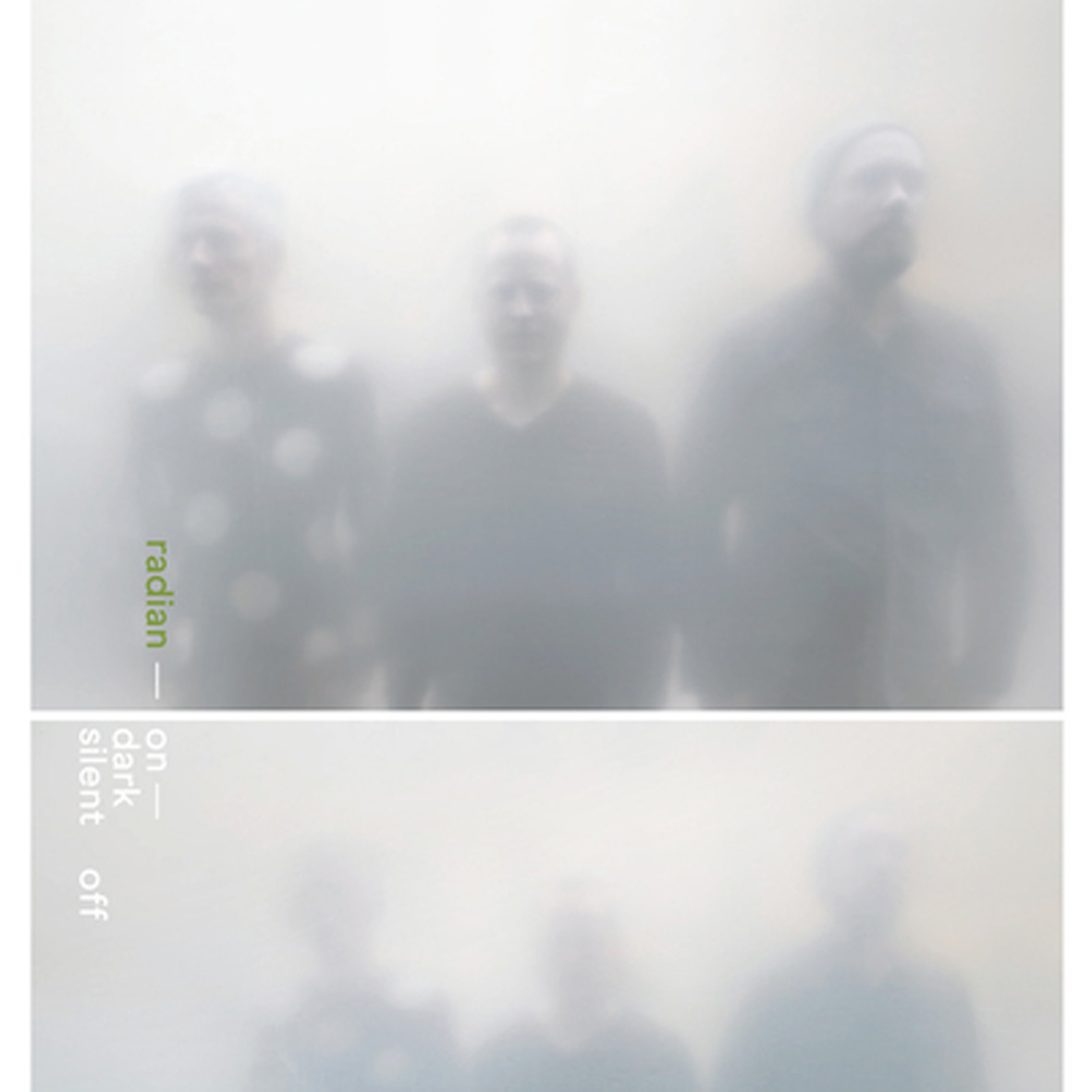
It has been seven years since these Viennese avant-rock deconstructionists last surfaced with a proper full-length release, so I was not quite sure what to expect with this album, particularly since my interest in the "post-rock" milieu has since dwindled to almost zero.  Also, aside from a one-off collaboration with Giant Sand's Howe Gelb, On Dark Silent Off is the band's first album without founding member Stefan Németh.  As it turns out, any misgivings that I may have had about Radian's place in the current musical landscape were instantly erased, as the trio is every bit as unconventional, imaginative, quietly heavy, relevant, and singular as ever.
The unusual and enigmatic title of this album is a homage to painter/theoretician Ad Reinhardt, who seems like quite an appropriate inspiration for a cerebral and boundary-pushing ensemble such as Radian.  For instance, Reinhardt is best known for his "black paintings," which initially give the impression of total negation, but reveal themselves to actually be nuanced works of various black and near-black shades upon closer inspection.  In their own way, Radian do the same thing, eschewing most of the expected and more immediately gratifying aspects of rock music to dwell instead on "microscopic" details and finding ways to make music from seemingly non-musical base materials.  In essence, their foundational philosophy seems to be to start off with the intention of doing everything "wrong," then finding a way to make it work anyway.  The most extreme examples of that aesthetic on On Dark Silent Off are probably "Blue Noise, Black Lake" (built from a recording of the pads on Mats Gustafsson's sax) and "Codes and Sounds" (rooted in a marble rattling on a snare drum), but the whole album is basically a tour de force of amplifier hum, creaking strings, feedback, and unidentifiable noises shaped into satisfying form.
Such an aesthetic could easily result in a bloodless and joyless intellectual exercise in the wrong hands, but Radian's more experimental impulses are viscerally backed up by an absolutely stellar rhythm section.  In fact, it is inconceivable that Radian could exist without drummer Martin Brandlmayr, as his muscular and freewheeling half-jazz/half-rock drumming is the root of all the album’s power, flow, and dynamically compelling shifts in emphasis.  Bassist John Norman is certainly quite prominent as well, but his task is far more blunt: providing a distorted, seismic rumble.  Relatively new member Martin Siewart may have toughest role of all, as it falls upon him and his guitar to give these pieces a semblance of structure and melody while eluding conventionality (though he does unexpectedly open up on "Blue Noise, Black Lake" with a relatively straightforward solo).  For the most part, however, these seven pieces bear only the most precarious relation to rock music.  The closing "Rusty Machines, Dusty Carpets" comes closest, as it gradually coheres into a heavy groove that features a rare multiple-note bass line and some explosive crescendos of power chords and crash cymbals.  Despite that, the central motif is still largely just a rhythmic blurt of feedback and the whole thing stretches out for a distinctly non-radio-friendly thirteen minutes.  "Scary Objects" also falls within spitting distance of resembling a single, but On Dark Silent Off is mostly just a wonderful freeform celebration of simmering, unresolved tension.
If this album has any significant flaws, they are most likely by design.  Some of the songs admittedly blur together, but that is probably unavoidable when the band is trying so hard to avoid melody or conventional structure.  It would probably be more accurate to say that this is very abstract and challenging material that miraculously comes close to songhood.  A more significant critique is that the band sometimes errs a bit too on the side of over-conceptual and over-obtuse, as the marble motif in "Codes and Sounds" feels like more of a quixotic gimmick than a genuinely inspiring jumping-off point.  That said, Radian amply compensate for their occasional indulgences and overly arty moments with their sheer tightness and effortlessly organic interplay.  In that sense, the long delay between albums probably served the band quite well, as several of these pieces have been being chiseled to perfection on the road for years (or in the case of the title piece, performed at a film festival to accompany Peter Tscherkassky’s brief found-footage masterpiece, Outer Space).  More significantly, any minor shortcomings are largely immaterial, as I genuinely love Radian's vision and there is no one else around doing anything similar in any kind of satisfying way: On Dark Silent Off sounds like prime Pole and Tortoise mated, but had unexpectedly violent and intense offspring.
 
Read More
- Administrator
- Albums and Singles
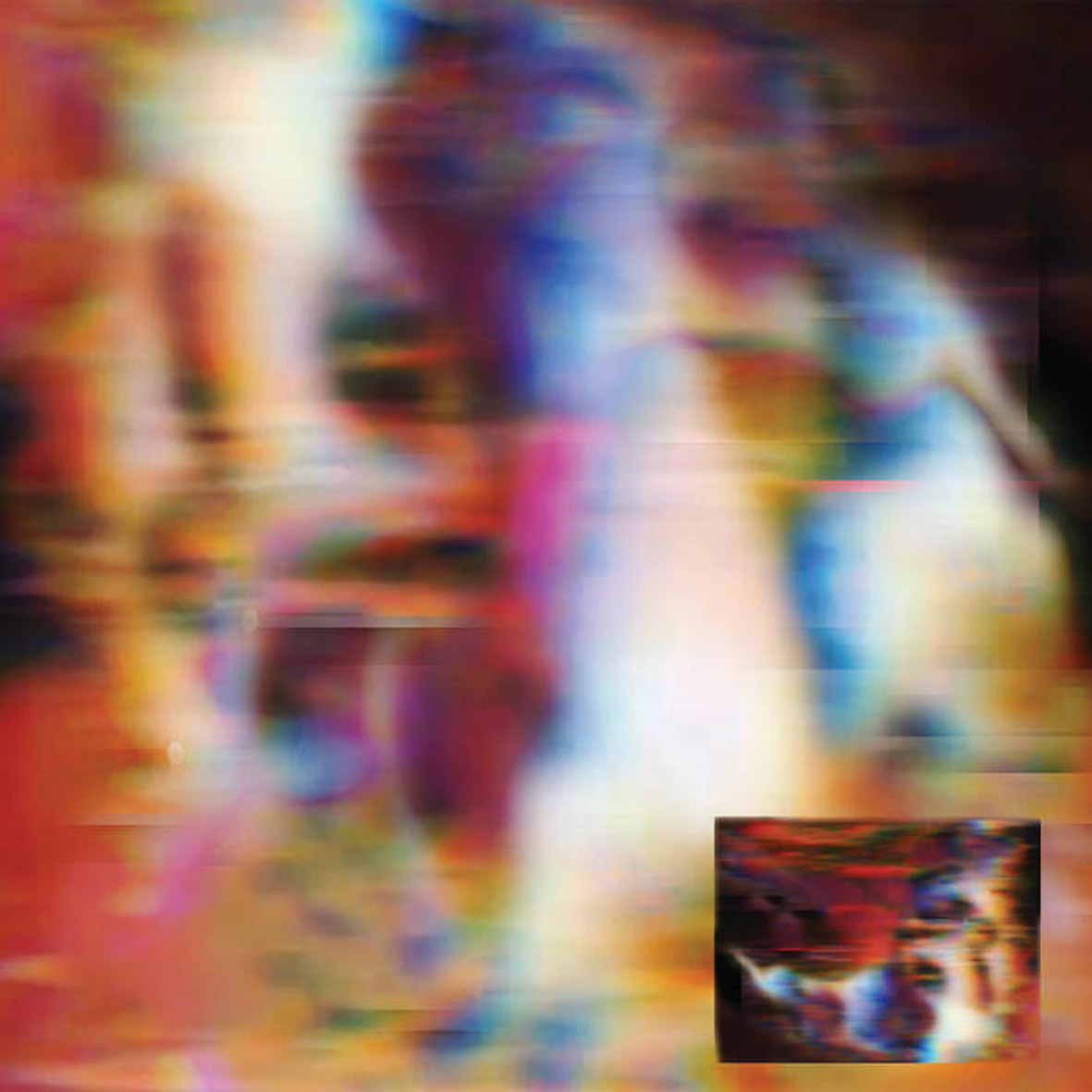
This cryptically titled release is a new side project from Black to Comm’s Marc Richter, inaugurating his equally new Cellule 75 imprint.  In some ways, Jemh Circs is quite a radical departure for Richter, following the zeitgeist-grabbing footsteps of The Range by diving into the limitless pleasure garden of chopped-up and recontextualized YouTube samples.  Vintage Oval is yet another clear touchstone, as Richter aggressive obliterates his raw material into an obsessively skipping and looping fantasia.  Happily, however, the specter of Richter's own Black to Comm aesthetic drifts throughout all of these disorientingly kaleidoscopic experiments as well, intermittently resulting in passages of lush beauty and eerie disquietude.
The opening 'Comp" sets the album off on deliciously squirming and jumbled course, as Richter conjures up an impressive pile-up of stuttering, pointillist, and pitch-shifted snatches of voices and exhalations.  Instead of building something from his gibbering entropy, however, he abruptly shifts gears into a slower, druggier variation upon the original theme that quickly reaches a crescendo of cacophony, then disappears.  The following "Ordre" continues that quixotic trend of endlessly wrong-footing me by disrupting its gorgeous motif of warmly droning loops with unexpected key changes and interludes of blurting randomness. It is quite a unique aesthetic and it goes far beyond the "a more digital and artificial sounding affair' promised by the album's description.  Also, it unsurprisingly bears little resemblance at all to the "modern day Pop Music" it cannibalizes.  Instead, the first few songs mostly sound like an over-caffeinated bad acid trip in a candy store where time keeps arbitrarily stretching and violently condensing.  That is not necessarily a bad thing, but Richter definitely prioritizes gleefully perverse experimentation over listenability.  Once it clear that the gauntlet has been thrown down and that the squeamish have left, however, the album gets increasing more compelling and conventionally beautiful as Marc starts to sustain his ideas long enough to leave an impression.
For example, the third song ("Va") is quite a bit more coherent and grounded than its predecessors, locking into lovely, dream-like pulse that gradually blossoms into additional harmonies.  "Est" then slows the pace way down, sounding like a disembodied, gauzy, and slowed-down dance music chord progression while making room for some intriguing textural touches in the periphery (like copious tape hiss and a distractedly singing German woman).  It is probably single most ambitious piece on the album, as Marc does some unusual things with both dynamics and tempo as it gradually snowballs in density and power.  My favorite pieces tend to be a bit more simple though, albeit no less bizarre.  One clear stand-out is "Iant," which sounds like the missing link between drone music and a woodpecker.  Lamentably, it is over far too soon, but several of the following pieces are of a similar caliber (such as the lush and gently quivering "Ondre").  Of course, there are also some thoroughly jarring moments thrown in as well, like the plinking and mercifully brief "Arbre."  For the most part, however, Richter does not let his "Dr. Jeckyl and Mr. Hyde" tone shifts derail the second half of the album much at all.  In fact, the album ends on an extremely strong note, as the closing "Fait" is an absolutely gorgeous excursion into woozily hallucinatory drone bliss that can easily stand with Black to Comm's finer moments.
While I like quite a few songs on this album, it is very easy to see why Richter decided to invent a new guise for this project, as Jemh Circs very much feels like a cheerfully maniacal cross between laboratory and playground.  There are plenty of moments of very real inspiration, but a number of pieces feel quite sketchlike and it is clear that Richter was not shy about indulging his more listener-unfriendly impulses.  In fact, "indulgent" is probably the single best word to summarize this album, though "playful" and "mercurial" are certainly also strong candidates.  As such, Jemh Circs is primarily for Black to Comm fans (like me) who are patiently awaiting Richter's next fully formed opus.  As a one-off aberration, however, Jemh Circs is quite likable, as its unapologetic mix of "anything goes" experimentation and ephemeral beauty is never boring or predictable.
Samples:
 
Read More
- Administrator
- Albums and Singles
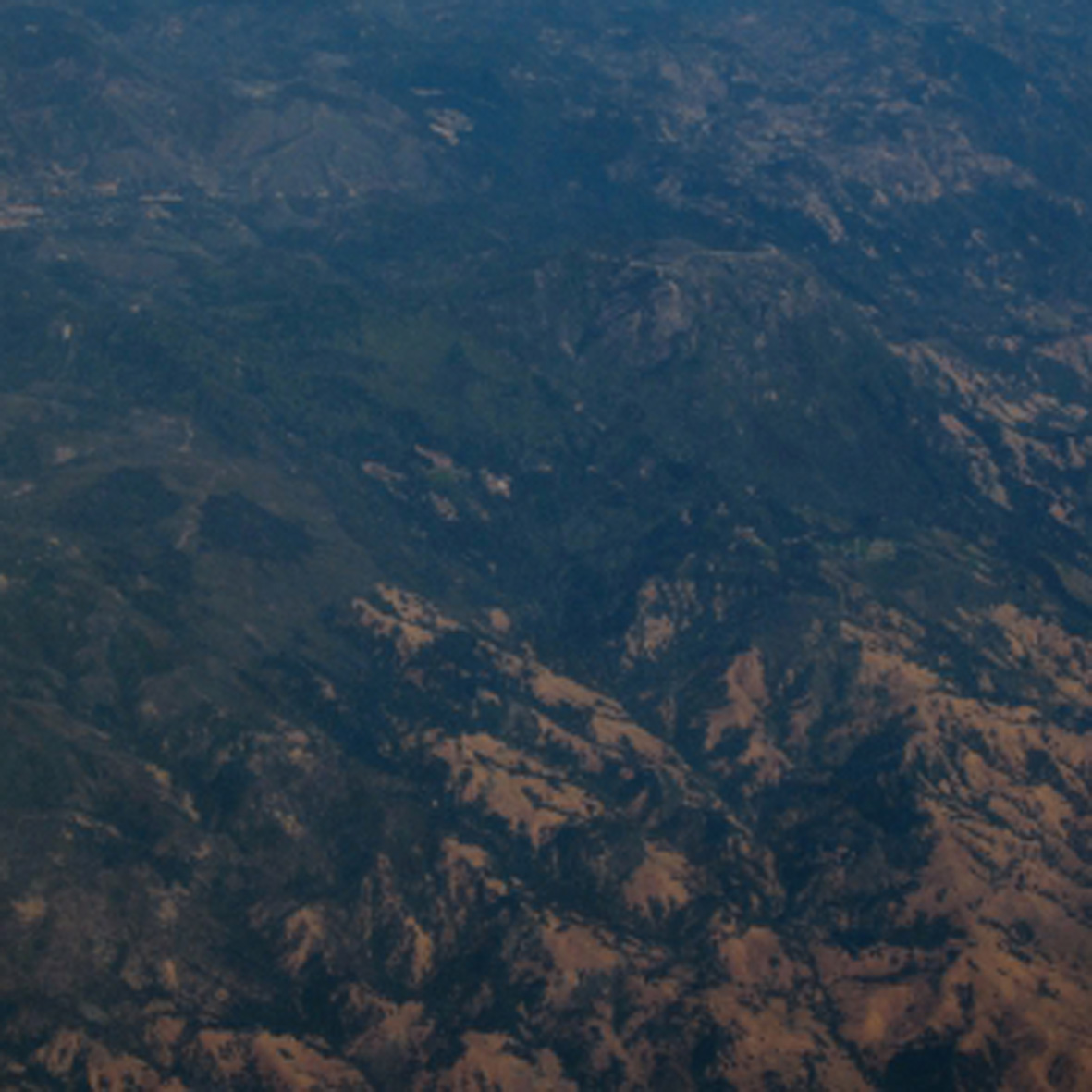 Sarah Davachi’s impressively prolific 2016 finally winds to a close with this release, which is arguably the finest of her three albums this year.  Following the uncharacteristically acoustic/organic All My Circles Run, Vergers again returns to the synthesizer (in this case, a rare, vintage, and analog EMS Synthi 100), but the two albums are actually not all that different: a completed Sarah Davachi album always sounds languorous, gently hallucinatory, and elegantly minimal regardless of how it originally started.  In any case, the big draw here is the opening 20-minute epic "Gentle So Gentle," as it is easily one of Davachi's strongest and most beautifully sustained compositions to date.
Sarah Davachi’s impressively prolific 2016 finally winds to a close with this release, which is arguably the finest of her three albums this year.  Following the uncharacteristically acoustic/organic All My Circles Run, Vergers again returns to the synthesizer (in this case, a rare, vintage, and analog EMS Synthi 100), but the two albums are actually not all that different: a completed Sarah Davachi album always sounds languorous, gently hallucinatory, and elegantly minimal regardless of how it originally started.  In any case, the big draw here is the opening 20-minute epic "Gentle So Gentle," as it is easily one of Davachi's strongest and most beautifully sustained compositions to date.
As it is currently only being released on LP, Vergers is an album that is very much shaped by its intended medium: the entire first side is devoted to the aforementioned longform opus "Gentle So Gentle," while the second side is composed of two comparatively minor pieces in a roughly similar vein.  Initially, "Gentle" feels like just another warm, hazy, and lazily undulating drone piece, albeit quite a good one.  Gradually, however, more and more details and layers begin to blossom forth from Davachi's droning bliss-cloud and the piece slowly coheres into a hypnotic pulse and starts to reveal hidden depths of emotion.  The overall feel is like a dense, rolling fog filled with mysterious, flickering lights or, more prosaically, like an especially beautiful bit of classical music that has been blurred and time-stretched into unrecognizability.  As a composition, it is sublimely gorgeous, simple, and pure, but there are a lot of less obvious details that I found beguiling as well.  The most significant is Davachi's talent for artfully keeping her various motifs mysterious and half-hidden, allowing just enough melody into the light to make an impression without ever being fully explicit.  Also, there is a wonderful precariousness and fragility to the piece, as a number of textures feel wispy or frayed and piece gradually dissolves into a heavenly coda rather than escalating in density.  In short, it is an absolutely perfect piece of music.
Naturally, the second half of the album has a tough time measuring up to such a quietly stunning opening salvo.  One fundamental hurdle is that shorter compositions do not get to fully benefit from Davachi's greatest gifts as a composer: her near-supernatural patience and her lightness of touch.  Davachi is definitely at her best when she has a chance to stretch out and unhurriedly weave her slow-burning magic.  If a piece is only a mere eight minutes, like "Ghosts and All," it needs to make an impression a bit faster.  Much like "Gentle So Gentle," "Ghosts" initially takes root as a deceptively simple drone piece, albeit one with a considerably murkier and more ominous tone. Soon, however, a mournful violin theme appears over the dark throb and the song takes its form.  After the album's beautifully understated first half, however, the violin theme feels a bit too blunt and dirge-like for my taste.  Also, it does not so much evolve as just appear and gradually fade away.  The closing "In Staying" fares a bit better, as its more harsh, metallic-sounding texture is balanced out by the subtlety of its shifting pulse of throbs and slow phase shifts.  Again, it never gets around to blossoming into something more, but its ten minutes of small-scale shifting dynamics and textures is enjoyably hypnotic nonetheless.  While it is not a threat at all to unseat "Gentle So Gentle" as the album’s centerpiece, "In Staying" is exactly the kind of piece that I could casually have playing in the background for hours without ever getting bored of it.
I suppose this review makes it sound like Vergers is only half-great, which I suppose is technically true, but I feel like the album's entire raison d'être is "Gentle So Gentle," which is a masterpiece.  As such, I see the second side primarily as just a couple of bonus tracks appended to an absolutely stellar EP (though I admittedly do like "In Staying" quite a bit). The vinyl format is especially useful here, as Vergers is practically engineered to facilitate playing the A side to death, which is exactly what I expect to do.
Samples:
 
 
Read More
- Administrator
- Albums and Singles

Piano Magic's final album, Closure, will be formally released by Second Language Music on January 20th 2017 worldwide on CD, 180gm vinyl and digital download formats.
Recorded in London between April and August of this year, Closure, features guest appearances from Peter Milton Walsh of The Apartments, Audrey Riley (go-to cellist for The Go-Betweens, Nick Cave, Virginia Astley and many more), Josh Hight (Irons) and Oliver Cherer (Dollboy). For this final album, the nucleus of Piano Magic was Glen Johnson, Jerome Tcherneyan, Franck Alba, Alasdair Steer and Paul Tornbohm.
More information can be found here.
Read More
- Administrator
- Albums and Singles
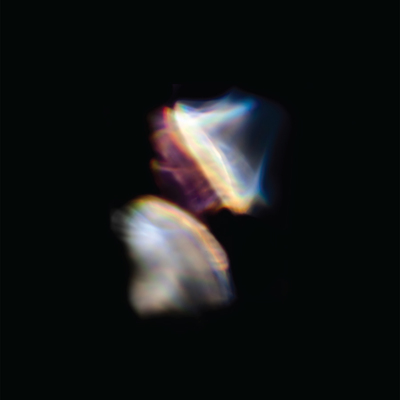
Emptyset is the innovative electronic duo of James Ginzburg and Paul Purgas. The pair shares a history in Bristol’s underground music scene as well as an impressive list of production credits. Ginzburg, now Berlin-based, runs a network of record labels including electronic music label Subtext and Arc Light Editions, whose reissues include a work by Arthur Russell. He's a prolific producer and remixer for both independent and major labels, with diverse projects such as Faint Wild Light, Ginz and more recently Bleed Turquoise. Purgas, now based in London, founded the We Elude Control label in 2009, a curated collection of rare experimental music. Purgas is an artist, writer and curator who has presented projects with Tate, Whitechapel and Serpentine Galleries, and he is also an active promoter of electronic music in eclectic spaces from a carpark to a Modernist pavilion.
The duo composes within a complex set of self-imposed parameters or rule sets and the results of their expeditions on Borders are at once minimal and visceral. Focusing on shifting timbral changes over melody, Emptyset's work is an exploration of the relationship between rhythm, texture and space.
Each project's framework and parameters dictate how the sound or performance evolves. In the past, Emptyset have explored the ways in which the sonic and spatial interact within different architectural contexts: often site-specific locations such as the decommissioned Trawsfynydd nuclear power station in North Wales, or the neo-gothic Woodchester Mansion. Borders takes a different approach, centering around the performative and the performer. Having each created their own tactile instruments, a six-stringed zither-like instrument and a drum, Emptyset focuses on how organic sounds interact with the analogue processes that have defined their work to date.
Contrasting typical approaches to making electronic music, Emptyset set out to emphasize live performance rather than creating sequences within devices. While Purgas and Ginzburg utilize vintage analogue electronics, compressing and distorting the signals, the album itself is performed entirely live, where subtle movements make for substantial changes in sound.
From the very first track, "Body," one can hear how the physicality of the instruments have imbued the sound’s texture. The physical characteristics of the metal strings create a layer of dynamic juxtaposition to the grinding timbres emerging around them. The broody "Ascent," features the album’s clearest call-and-response between the stringed instrument and the drum, barking and thudding back and forth at one another. Evident in tracks such as "Border" and "Speak," Emptyset uses basic rhythmic structures drawn from an array of broad cultural practices, expressed neutrally and without overemphasis on the source. Taken as a whole, Borders distills the duo's inspirations to their essence and the resulting music is as raw as it is captivating.
Out in January 2017. More information can be found here.
Read More
- Administrator
- Albums and Singles

HEXA is Lawrence English and Jamie Stewart. Factory Photographs is their soundtrack to David Lynch's evocative exploration of the passing of the industrial age.
In 2015, Brisbane’s Gallery Of Modern Art presented David Lynch : Between Two Worlds, a major retrospective of Lynch’s works across painting, sculpture, installation and photography.
To celebrate the retrospective curator, José Da Silva, with David Lynch and his studio, developed a number of commissions in conjunction with the exhibition. One of these commissions was HEXA's sonic response to David Lynch's Factory Photographs.
When asked recently about his decades' long interest in photographing factories in various states of disuse, David Lynch remarked "I grew up in the north-west of America where there are no factories at all, just woods and farms. But my mother was from Brooklyn, so when I was little we used to go there and I got a taste for a certain kind of architecture and a feeling for machines and smoke and fear. To me, the ideal factory location has no real nature, except winter-dead black trees and oil-soaked earth. Time disappears when I'm shooting in a factory, it's really beautiful."
More information can be found here.
Read More
- Administrator
- Albums and Singles
Relay For Death
Natural Incapacity
HMS 039 : Double Compact Disc / Digital Download
http://www.helenscarsdale.com/published/rfd-natural.htm
Release Date: December 2, 2016
Relay For Death are the twin sisters Rachal and Roxann Spikula, whose noise mantras transcribe the harsh realities of urban blight that complicate and threaten their own survival. It was in the context of two month medical study that the Spikulas composed their debut album in 2009, amplifying the emptiness of hospital rooms into a ghastly pall worthy of the classic works by Maurizio Bianchi. Natural Incapacity sprouts from a similar research and development, manifesting from the sonic pollution that proliferates in their current residence of Richmond, California. Clocking in at well over two hours, Natural Incapacity was composed as a seamless, glacial accretion of locomotive grind, subharmonic environmental rumble, nocturnal street sweeping, and the quavering hum of toxic chemicals perpetually leached into the water table. By design, Natural Incapacity’s oil-stained drone is completely relentless, implying neither beginning nor end to this cycle of contamination. Relay For Death’s industrial meditation recognizes abjection, horror, and defeat as the prevalent conditions to existence. Even as a declared rejection to those conditions, Natural Incapacity is engulfed in a bleak nihilism constantly churning back upon itself. Grizzled antecedents can be found in the apocalyptic works of Maurizio Bianchi, Kevin Drumm’s Imperial Distortion, and Organum’s Vacant Lights.
While intended to be a seamless document, Natural Incapacity is split over two CDs and does feature a download of the composition in unedited form. The physical edition features hand-rusted metal covers by Jim Haynes and is strictly limited to 150 copies.

Read More
- Administrator
- Albums and Singles

Faitiche welcomes back an old friend: Andrew Pekler was the musical director of the 2011 Ursula Bogner album, Sonne = Blackbox (faitiche05 lp/cd/book).
Known for his albums on Senufo Editions, Entr’acte, Dekorder, Kranky and other labels, Pekler’s new work Tristes Tropiques is now released by Faitiche. Tristes Tropiques is an album of synthetic exotica, pseudo-ethnographic music and unreal field recordings.
Read More
- Administrator
- Albums and Singles

Dais is excited to announce the third box set of ambient master works by ominous painter and musician Tor Lundvall. Musically influenced by his own haunting and unique paintings, Lundvall creates ethereal landscapes of dreamlike beauty, seamlessly weaving classic ambient composition, piano and other instruments with a modern yet nostalgic touch, accompanied by electronics, samples, and field recordings. Best described as “Ghost Ambient” music, Tor Lundvall creates records that are absolutely unique and unequalled: the soundtrack to dreams, solitude, nature, nightmares, and memories.
This 5xCD box set includes the following:
- The Park
- The Violet-Blue House
- Rain Studies
- Field Trip
- Insect Wings, Leaf Matter & Broken Twigs Vol 2
Read More
- Administrator
- Albums and Singles

Frozen Geometry emerged from years of sketching new textures on guitar, which were layered and looped into immersive capsules of harmony and drift. Erik Kowalski's original intention was to use them as melodic foundations for future compositions, but then he "became aware of them existing on their own."
First full-length offering from legendary ambient act in over half a decade.
An intriguing opus of hypnotic beauty and peripheral consciousness.
More information can be found here.
Read More
- Administrator
- Albums and Singles
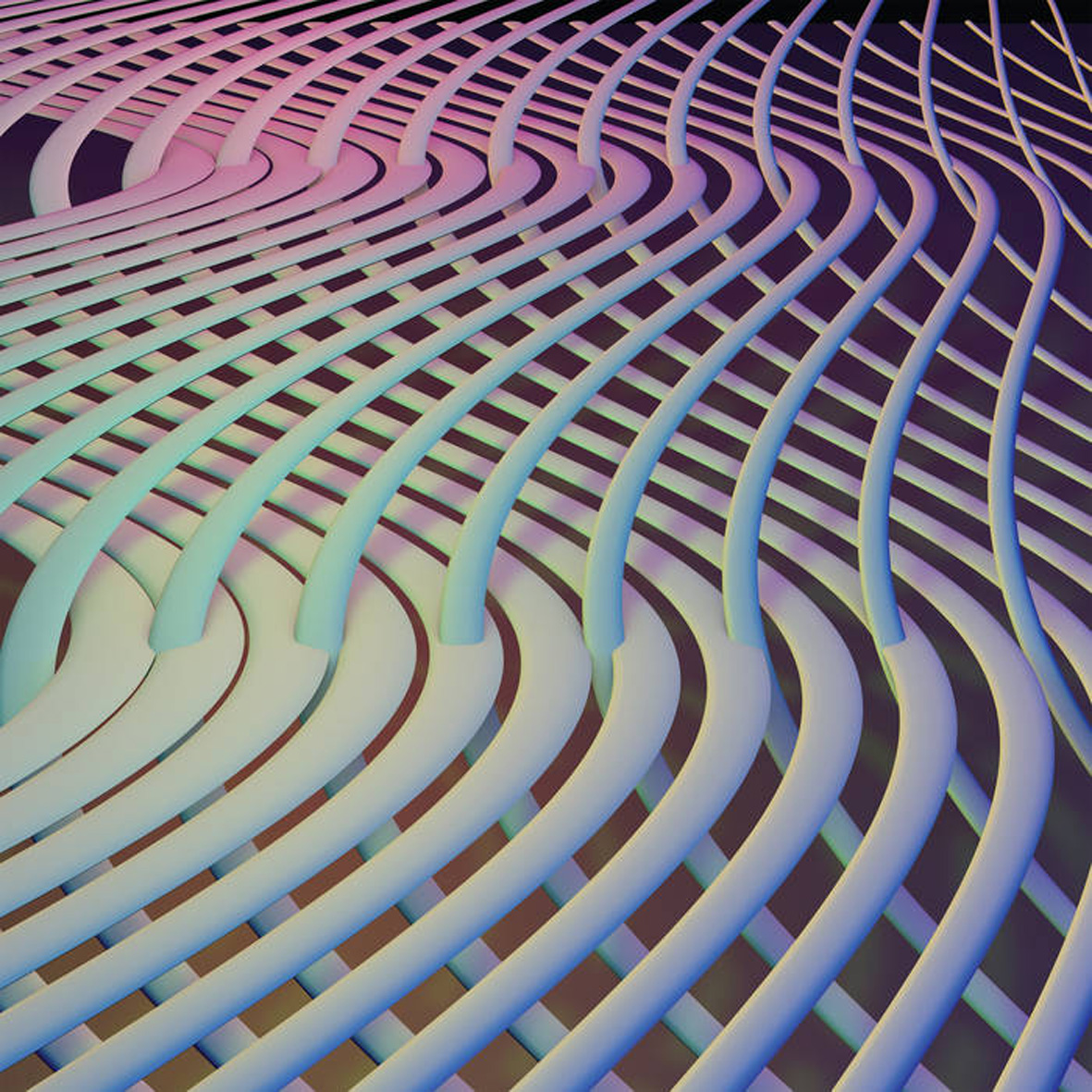
For some reason, I never fully appreciated Emeralds when they were around, but I think I am belatedly redressing that wrong with my interest in Steve Hauschildt’s quietly impressive and steadily evolving solo career.  Prior to Strands, I was most taken with his more "Kraftwerk' moments on 2012's Sequitur, but this latest release often feels like a gorgeous culmination of Hauschildt's artistry, eschewing almost all traces of Vangelis-inspired retro-futurist pastiche to weave a lush and languorous reverie inspired by both creation/destruction myths and the famously burning river of his own hometown of Cleveland.
The opening "Horizon of Appearances" does not waste any time setting the tone for album, as it basically oozes into audibility as a melancholy drift of swelling chords with some distantly hallucinatory drips and twinkles buried deep in the background.  While they are very much in the periphery, those "drips" are probably my favorite part of the otherwise unrelentingly somber piece, sounding like falling condensation in a deep cave that unexpectedly blossoms into ephemeral melody as the splash reverberates around its cavernous surroundings.  Aside from those subtly psychedelic nuances, "Horizon" is far from my favorite piece on the album, but it is only the monochromatic sadness of the central motif that relegates it to the status, as I very much love the unhurried, exhalation-like pace and attention to detail.  The following "Same River Twice" offers up a somewhat different template, however, keeping the melancholy, but enlivening its theme with an undercurrent of burbling momentum, a shuffling rhythm, and flourishes of vibrantly glittering arpeggios.  It is a fairly representative work rather than an exciting leap forward, but it does capture Hauschildt's longtime aesthetic at its best: simultaneously understated, vibrant, and richly layered.
The album starts to catch fire in earnest (like the Cuyahoga) around the fourth song, however, as "Ketracel" bolsters its melancholy faux-string melody with an energetic bed of pulsing arpeggios, off-kilter rhythms, and a host of delightful bleeps and squelches.  Then the piece gets uncharacteristically pulled apart and the sadness of the central theme gets almost completely consumed by the increasingly erratic underlying music and some intrusions of noisier textures.  It is quite a curveball by Hauschildt standards and the following album highlight "Time We Have" keeps that momentum going beautifully.  Like several other pieces on the album, it is quite slow-moving and elegiac, but manages to come across as warm and rapturous rather than somber.  Also, Hauschildt enhances his perfect melody with some nice textural crackle and increasingly rich harmonies.  It is simultaneously simple, gorgeous, and moving and is likely the crown jewel of Hauschildt’s career to date. The following title piece is also another quiet stunner, as its lovely subdued and burbling melody is allowed to spiral off into a number of compelling textural directions, leaving a trail of wonderfully hallucinatory afterimages that seem to have a life of their own.
Lamentably, that wonderful streak of near-perfect songs could not last forever, as Hauschildt becomes overly somber again with "Transience of Earthly Joys," which almost sounds like a funeral mass.  It is not necessary a misfire, but it definitely could benefit from a lighter touch.  The closing "Die in Fascination" feels like belated coda to the earlier "Time We Have," as it reprises its formula of simplicity and a quietly beautiful flow of swelling chords.  Unlike "Time We Have," however, it just gradually fades away rather than blossoming into anything more.  Within the context of the album, that was an excellent sequencing choice, but it is a bit too basic to stand as one of the album's high points.  Much like every Hauschildt album, Strands is ultimately a bit of a mixed bag, as Steve is prone to occasional heavy-handedness or dubious stylistic choices.  However, he is also one of the most gifted and exacting composers currently working with synthesizers, so I do not mind listening to a handful of near-misses to get to the inevitable bulls-eye or two.  Also, even his near-misses tend to offer a few compelling facets, as the sheer craft of Hauschildt's work is always impressive even when the songs themselves fall a bit short.  In any case, Strands certainly seems like Hauschildt's finest album to date, boasting both an impressively sustained three-song burst of greatness and the feeling of a thematically satisfying and artfully sequenced whole.
Samples:
 
Read More

